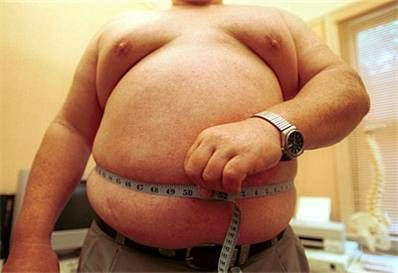Is BMI Outdated? Study Shows Waist-To-Height Ratio Better Predictor Of Life Expectancy [VIDEO]

A new study says one's waist-to-height ratio better predicts life expectancy than the widely used body mass index (BMI).
Investigators from Oxford Brooks University analyzed data on people whose BMI and waist-to-height ratio were measured during the 1980s, looking at death rates a generation later. After calculating how many years of lost life correlated to increases in waist circumference, they found waist-to-height ratio was a better predictor of life expectancy.
A 30-year-old man with a ratio of 0.8, for example, could expect to lose 16.7 years of life from associated diseases and health ailments. With the same ratio, a 50-year-old woman would lose 8.2 years of life on average. Although both of these examples represent extremes, expanded waistlines correlated with lower life expectancies in general.
The researchers recommended a waist-to-height ratio of no more than half, in inches, for optimum health. A man 5'10" tall should have a waistline of no more than 35 inches, while a woman 5'4" tall should be no more than 32 inches at the waistline.
Dr. Margaret Ashwell, who led the study, presented the findings at the European Congress on Obesity in Liverpool. Her previous work has also suggested clinicians and consumers should eschew the BMI as a health measurement in favor of the simpler waist-to-height ratio. "If you are measuring waist-to-height ratio you are getting a much earlier prediction that something is going wrong, and then you can do something about it," she said. "The beauty is that you can do it in centimeters or inches, it doesn't matter. We have got increasing evidence that this works very well with children as well, because whilst they grow up their waist is growing but also their height."
The measurement of waistline might offer greater accuracy in health predictions given that fat accumulating in the midsection near organs is linked in general to greater risk for heart disease and stroke.
Below is a video illustrating the waist-to-height ratio measurement:
Source: The Telegraph.



























